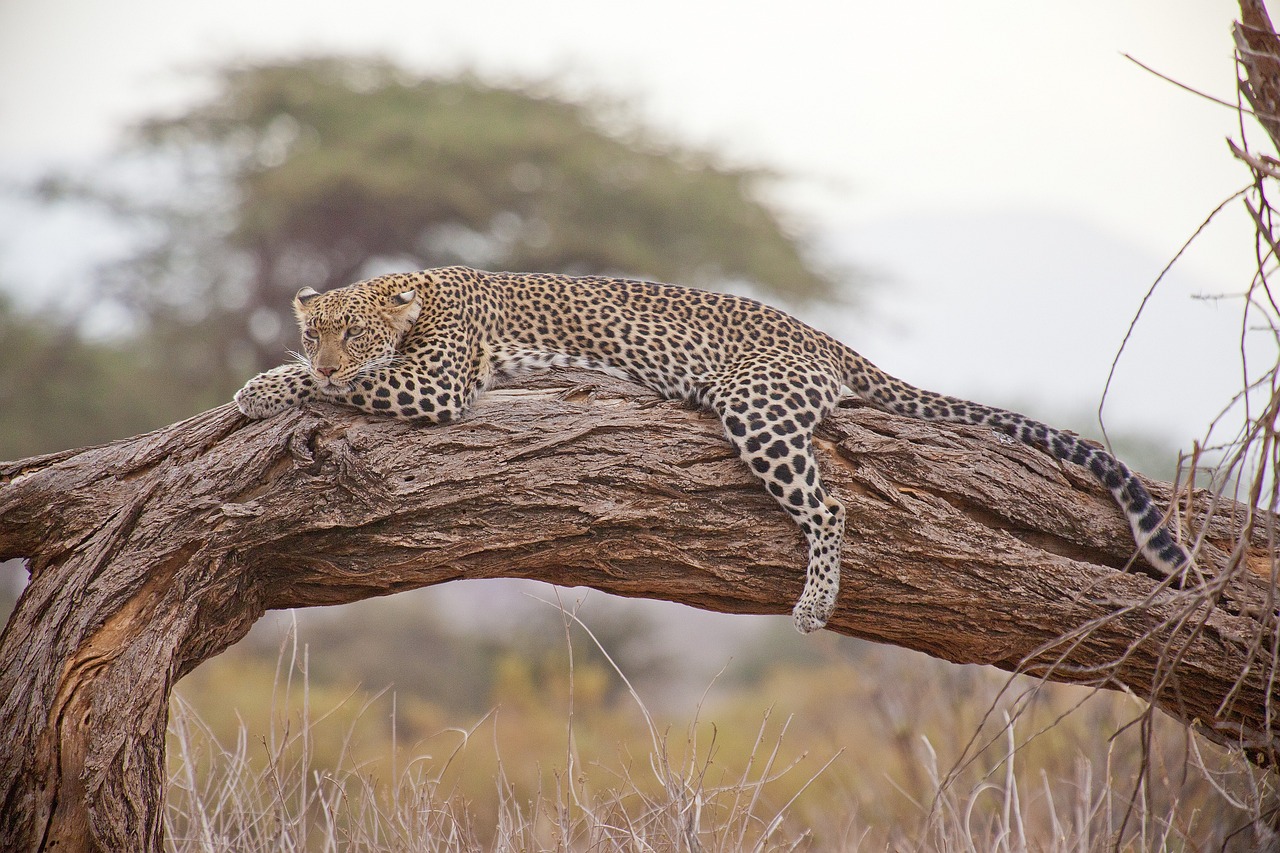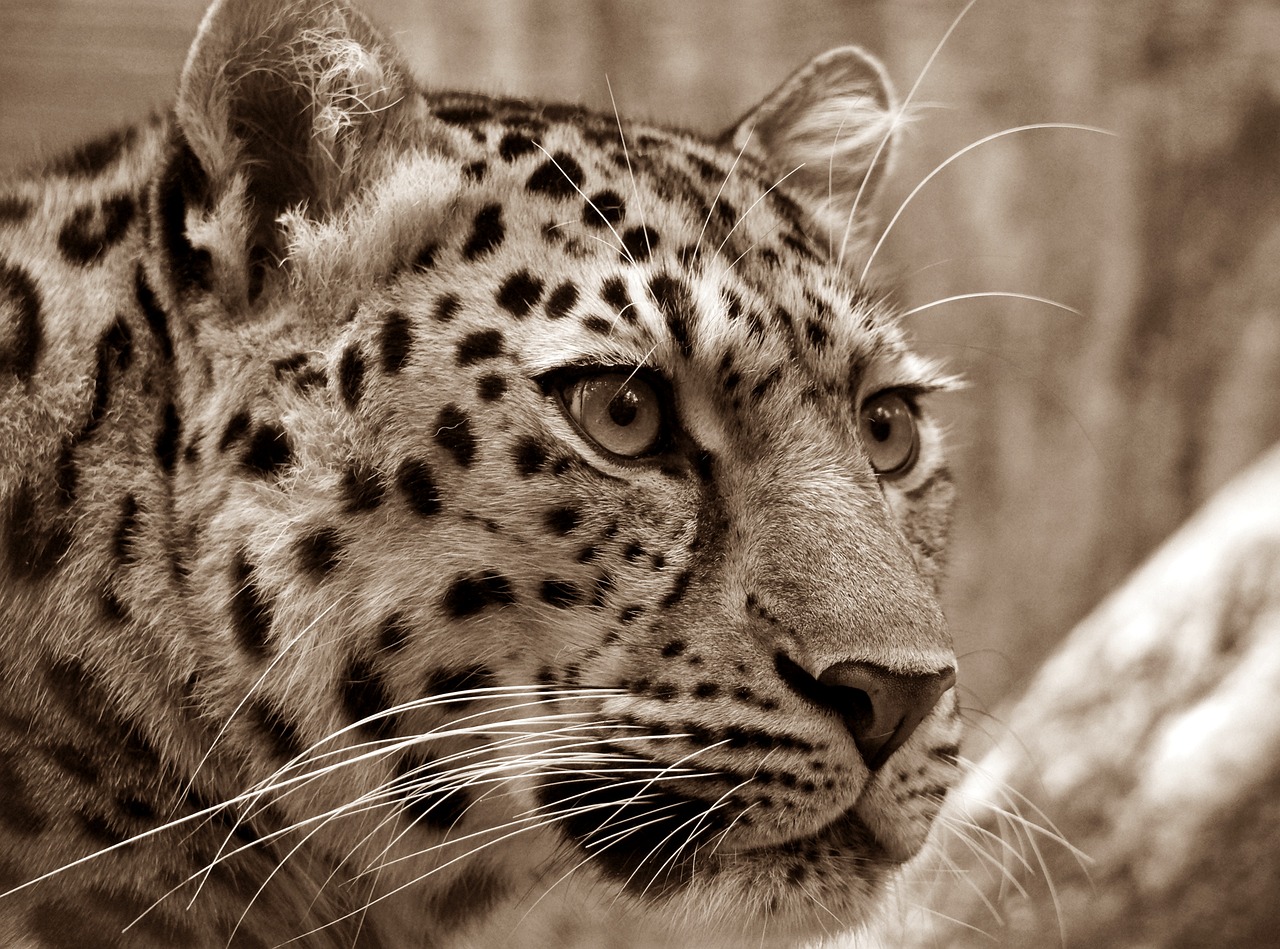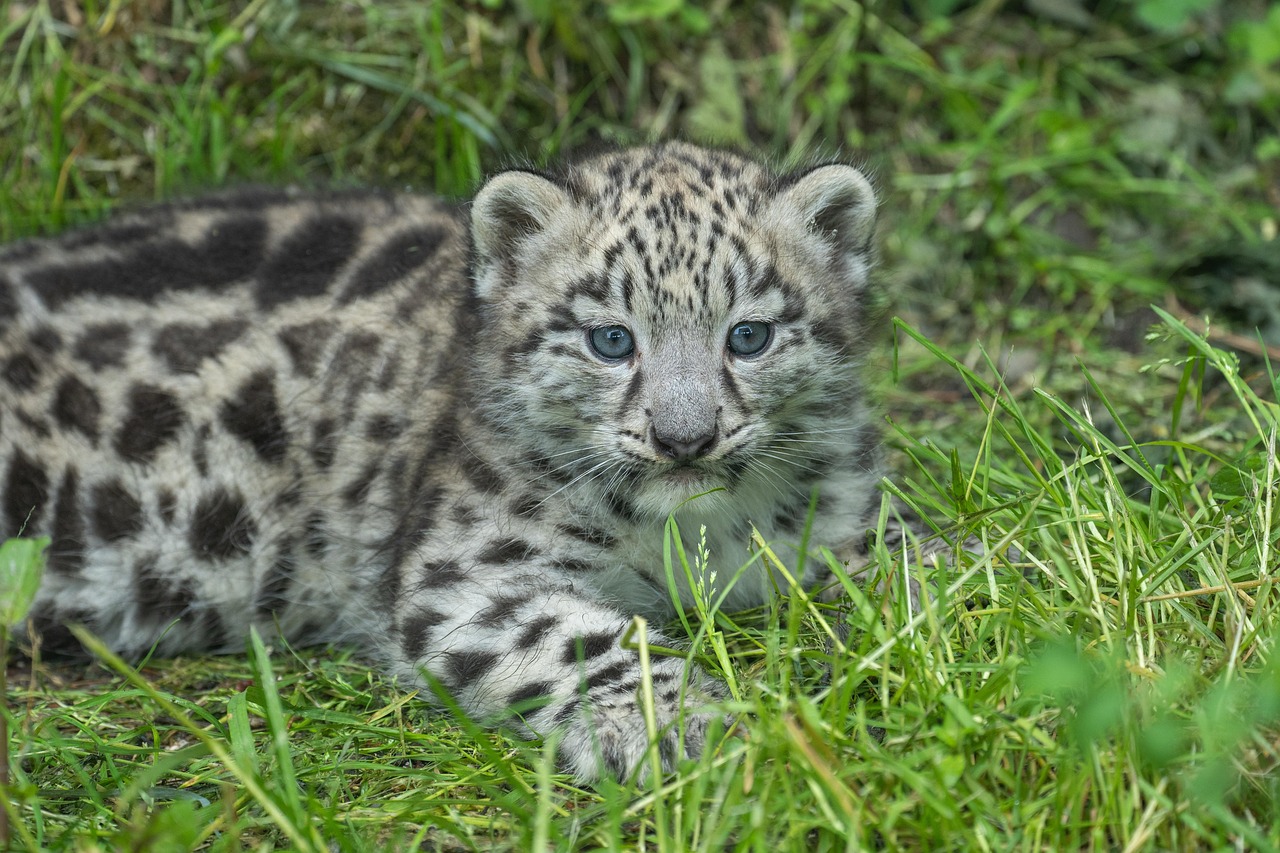The growth rate of the Leopard Tree (Caesalpinia ferrea) for ornamental plantings typically ranges from 1 to 3 feet per year under optimal conditions. Factors such as soil quality, climate, and care can influence this rate.
Understanding the Leopard Tree
The Leopard Tree, known scientifically as Caesalpinia ferrea, is a stunning ornamental tree native to tropical regions of South America. It is prized for its unique bark, which features a mottled pattern resembling a leopard’s spots. This characteristic makes it a popular choice in landscaping and garden design.

Leopard Trees are deciduous and can reach heights of 30 to 50 feet. They have a broad canopy that provides ample shade, making them suitable for parks, streetscapes, and large gardens. The tree’s vibrant yellow flowers add to its ornamental value, blooming primarily in the summer months.
Growth Conditions
To achieve optimal growth rates, several environmental factors must be considered when planting Leopard Trees. These include soil type, sunlight exposure, and water availability. Understanding these requirements can enhance growth and health.
Soil Requirements
Leopard Trees thrive in well-drained soils with a slightly acidic to neutral pH. Sandy loam or clay loam is ideal. Here are some key soil characteristics:

- Well-drained: Poor drainage can lead to root rot.
- Nutrient-rich: Fertile soil supports faster growth.
- pH Level: A pH of 6.0 to 7.0 is optimal.
Sunlight Exposure
These trees prefer full sun, requiring at least 6 hours of direct sunlight daily. Insufficient light can hinder growth and flowering. It is essential to place them in locations where they receive ample sunlight throughout the day.
Watering Needs
Leopard Trees are drought-tolerant once established but require regular watering during their initial growth phase. It is crucial to keep the soil consistently moist but not waterlogged. Here are some watering tips:
- Water deeply to encourage deep root growth.
- Avoid frequent shallow watering.
- Monitor soil moisture levels, especially in hot weather.
Growth Rate Overview
The growth rate of Leopard Trees can vary significantly depending on the conditions they are planted in. On average, they can grow between 1 to 3 feet per year. Factors affecting this rate include:

| Factor | Impact on Growth Rate |
|---|---|
| Soil Quality | High-quality, nutrient-rich soil promotes faster growth. |
| Climate | Warm, tropical climates enhance growth potential. |
| Water Availability | Sufficient water supply contributes to healthier growth. |
| Sunlight | Full sun exposure results in optimal growth rates. |
Understanding these growth dynamics will help gardeners and landscapers better plan for the inclusion of Leopard Trees in their designs. With proper care and attention to environmental needs, these trees can flourish and provide beauty for many years.
Maintenance Considerations
Regular maintenance is crucial for ensuring that Leopard Trees reach their full growth potential. Pruning, fertilization, and pest management are vital components of their care:
Pruning
Pruning helps maintain the shape of the tree and encourages healthy growth. It is best done during the dormant season to minimize stress on the tree.
Fertilization
A balanced fertilizer applied during the growing season can enhance growth rates. Organic options are preferable for long-term soil health.

Pest Management
Monitoring for pests and diseases is essential. Common issues include aphids and fungal infections. Early detection and treatment can prevent significant damage.
Environmental Factors Influencing Growth
Several environmental factors play a critical role in the growth rate of Leopard Trees. Understanding these factors can help gardeners optimize conditions for healthy development. Key elements include temperature, humidity, and surrounding vegetation.
Temperature
Leopard Trees thrive in warm climates. They prefer temperatures between 70°F and 90°F (21°C to 32°C). Extreme cold can stunt growth or damage the tree. Here are some important points regarding temperature:
- Frost Sensitivity: Leopard Trees are sensitive to frost and should be planted in areas where frost is rare.
- Heat Tolerance: These trees can withstand high temperatures if provided with adequate water.
- Temperature Fluctuations: Rapid temperature changes can stress the tree, impacting growth rates.
Humidity
Humidity levels significantly affect the growth of Leopard Trees. They prefer moderate to high humidity environments. Here are some considerations:
- High humidity can promote faster growth and vibrant foliage.
- Low humidity may lead to stress, affecting overall health.
- Using mulch can help retain soil moisture and increase humidity around the tree.
Soil Management Techniques
Proper soil management is essential for maximizing the growth potential of Leopard Trees. Implementing effective techniques will enhance soil quality and support tree health.
Soil Testing
Conducting a soil test is a crucial first step in determining nutrient levels and pH. This allows for tailored amendments. Key benefits of soil testing include:
- Nutrient Balance: Identifying deficiencies helps in selecting the right fertilizers.
- pH Adjustment: Testing informs adjustments to achieve optimal pH levels.
- Soil Health Monitoring: Regular testing keeps track of soil changes over time.
Amendments and Mulching
Incorporating organic matter into the soil can greatly improve its structure and nutrient content. Here are some popular amendments:
| Type of Amendment | Benefits |
|---|---|
| Compost | Adds nutrients and improves soil structure. |
| Peat Moss | Increases moisture retention and aeration. |
| Organic Fertilizers | Provides slow-release nutrients without chemical additives. |
Mulching around the base of the Leopard Tree helps conserve moisture, suppress weeds, and regulate soil temperature. Recommended materials for mulching include wood chips, straw, or leaf litter.
Common Challenges in Growth
Despite their resilience, Leopard Trees can face several challenges that may hinder growth. Awareness of these issues allows for proactive management strategies.
Pest Infestations
Pests can adversely affect the health and growth rate of Leopard Trees. Common pests include:
- Aphids: These small insects feed on sap, weakening the tree.
- Scale Insects: They can cause leaf drop and overall decline.
- Spider Mites: These pests thrive in dry conditions and can lead to leaf damage.
Disease Issues
Diseases can also impact Leopard Trees. Common diseases include:
- Root Rot: Caused by overwatering or poor drainage.
- Leaf Spot: Fungal infections that result in unsightly spots on leaves.
- Powdery Mildew: A fungal disease that thrives in humid conditions, affecting foliage health.
Regular monitoring for signs of pests and diseases is essential for maintaining tree health. Early intervention is key to preventing severe damage and ensuring robust growth.
Cultural Practices for Enhanced Growth
Cultural practices refer to the methods used in growing and maintaining plants. For Leopard Trees, certain practices can enhance their growth rates and overall health.
Irrigation Practices
Irrigation is vital, especially during dry periods. Proper watering techniques include:
- Deep Watering: Encourage deep root growth by watering thoroughly less frequently.
- Scheduling: Water early in the morning or late in the afternoon to reduce evaporation.
- Drought Consideration: Once established, reduce watering frequency as trees become drought-tolerant.
Crowd Control
Avoid planting Leopard Trees too close to other species. Competition for resources can stunt growth. Providing adequate spacing is crucial for optimal development and airflow.
Seasonal Considerations for Growth
Seasonal changes impact the growth rate and overall health of Leopard Trees. Understanding these factors can help gardeners adjust their care strategies throughout the year.
Spring Growth
Spring is a vital time for Leopard Trees as they emerge from dormancy. During this season, trees begin to show new growth and require specific attention:
- Watering: Ensure consistent moisture as new leaves develop.
- Fertilization: Apply a balanced fertilizer to support active growth.
- Pruning: Remove any dead or damaged branches to encourage healthy growth.
Summer Care
Summer presents challenges such as high temperatures and potential drought. Proper care during this season is essential:
- Irrigation: Increase watering frequency if rainfall is insufficient.
- Pest Monitoring: Keep an eye out for pests that thrive in warm weather.
- Mulching: Add mulch to retain soil moisture and regulate temperature.
Fall Preparation
As temperatures begin to drop, it is important to prepare Leopard Trees for the cooler months. Here are some important tasks:
- Watering Adjustment: Gradually reduce watering as the tree begins to enter dormancy.
- Fertilization: Avoid applying fertilizers late in the season to prevent new growth that could be damaged by frost.
- Leaf Cleanup: Rake fallen leaves to prevent fungal diseases.
Winter Care
During winter, Leopard Trees require minimal intervention, but they still need some attention:
- Protection from Frost: In colder regions, young trees may need protection from frost using burlap or other coverings.
- Pruning: Prune during dormancy to shape the tree and remove any unhealthy branches.
Companion Planting Strategies
Choosing suitable companion plants can enhance the growth and health of Leopard Trees. Companion planting encourages biodiversity, pest control, and better nutrient availability.
Compatible Plants
Some plants thrive alongside Leopard Trees, providing benefits such as shade or ground cover. Consider the following options:
- Native Grasses: Help with erosion control and provide a natural aesthetic.
- Flowering Perennials: Attract pollinators and add color during flowering seasons.
- Bushes or Shrubs: Create a layered garden effect while providing additional habitat for wildlife.
Avoiding Plant Conflicts
Certain plants may compete with Leopard Trees for nutrients and water. Avoid planting the following close to Leopard Trees:
- Aggressive Weeds: Such as Kudzu or Bermuda grass that can outcompete for resources.
- Larger Trees: That may overshadow Leopard Trees and limit their sunlight access.
Nutritional Needs
The nutritional requirements of Leopard Trees are essential for promoting vigorous growth. Understanding these needs can help in selecting appropriate fertilizers and amendments.
Nutrients Required
Leopard Trees benefit from several key nutrients:
- Nitrogen (N): Promotes healthy foliage growth.
- Phosphorus (P): Supports root development and flowering.
- Potassium (K): Enhances overall tree health and resistance to diseases.
Selecting Fertilizers
When selecting fertilizers, consider using options with slow-release formulations to provide nutrients over time. Here are a few examples:
| Fertilizer Type | N-P-K Ratio | Application Frequency |
|---|---|---|
| Organic Fertilizer | 5-10-5 | Every 6-8 weeks during growing season |
| Chemical Fertilizer | 10-10-10 | Every 4-6 weeks during growing season |
| Compost Tea | N/A | Monthly during growing season |
Always follow the manufacturer’s recommendations for application rates to avoid over-fertilization, which can harm the tree.
Pest and Disease Prevention Techniques
Pest and disease management is crucial for maintaining the health of Leopard Trees. Implementing preventive measures can significantly reduce potential issues.
Cultural Practices for Prevention
Cultural practices play a significant role in preventing pest infestations and diseases. Consider the following strategies:
- Diversity in Planting: Encourage biodiversity by planting different species nearby to disrupt pest cycles.
- Avoid Overcrowding: Provide ample space between trees to improve air circulation.
- Healthy Soil Management: Maintain healthy soil through regular amendments and organic practices.
Pest Control Strategies
If pests do appear, there are several management strategies that can be used effectively:
- Natural Predators: Encourage beneficial insects like ladybugs that prey on aphids.
- Pesticides: Use eco-friendly options as a last resort, ensuring they are safe for beneficial insects.
- Cultural Barriers: Use physical barriers like row covers to protect young trees from pests.
By understanding and implementing these various factors, gardeners can create an environment that fosters healthy growth in Leopard
Long-term Care for Leopard Trees
To ensure that Leopard Trees continue to thrive throughout their lifetime, long-term care practices are essential. This includes regular assessments and adjustments to their care regimen as they mature.
Monitoring Growth
Regularly monitoring the growth of Leopard Trees can help identify potential issues early. Here are some key aspects to keep in mind:
- Height and Canopy Spread: Measure growth annually to assess health and vigor.
- Leaf Color and Size: Healthy leaves should be vibrant and larger than average. Dull or small leaves may indicate stress.
- Root Health: Occasionally check the soil around the base for signs of root problems, such as rot or overcrowding.
Adapting Care Practices
As Leopard Trees mature, their care needs may change. Adapting care practices can enhance their longevity:
- Watering Adjustment: Mature trees will require less frequent watering as their root systems expand.
- Fertilization Needs: Transition to a slower-release fertilizer every couple of years as nutrient needs decrease.
- Pruning Frequency: Reduce the frequency of pruning as the tree grows, focusing mainly on dead or diseased branches.
Environmental Impact of Leopard Trees
Leopard Trees are not only beautiful but also contribute positively to the environment. Their presence can enhance local ecosystems in several ways:
Ecosystem Benefits
Leopard Trees provide numerous ecological benefits, including:
- Habitat for Wildlife: These trees offer shelter and food for various birds and insects.
- Soil Stabilization: Their roots help prevent soil erosion, especially on slopes.
- Carbon Sequestration: As they grow, Leopard Trees absorb carbon dioxide, contributing to improved air quality.
Aesthetic and Social Contributions
The visual appeal of Leopard Trees adds significant aesthetic value to landscapes:
- Shade Provision: Their broad canopies provide shade in public parks and gardens, enhancing outdoor experiences.
- Cultural Significance: In some regions, these trees are considered symbols of beauty and resilience.
- Community Spaces: They create inviting environments that encourage community interaction and recreation.
Pest and Disease Management Tools
Having the right tools for pest and disease management is essential for maintaining healthy Leopard Trees. Here are some tools and resources that can be beneficial:
- Pest Identification Guides: These guides can help identify common pests and diseases affecting Leopard Trees.
- Organic Pesticides: Use eco-friendly options that target specific pests without harming beneficial insects.
- Soil Amendments: Healthy soil contributes to plant vigor, making trees less susceptible to pests and diseases.
Final Thoughts
The growth rate and overall health of Leopard Trees depend on various factors, including environmental conditions, care practices, and pest management strategies. By understanding their specific needs and adapting care techniques appropriately, gardeners can cultivate these stunning trees effectively. Whether used for shade, aesthetic appeal, or environmental benefits, Leopard Trees can be a valuable addition to any landscape.
Cultivating Leopard Trees requires a commitment to ongoing care and attention. With the right knowledge and tools, they can thrive for decades, providing beauty and benefits to our environments. As you consider adding Leopard Trees to your landscape, remember the importance of nurturing them through their life stages, ensuring they flourish for years to come.
In summary, by monitoring growth patterns, adjusting care practices over time, understanding their ecological contributions, and employing effective pest management strategies, you can enjoy the many rewards that Leopard Trees offer. They are indeed a remarkable choice for ornamental plantings that enrich both gardens and communities alike.
